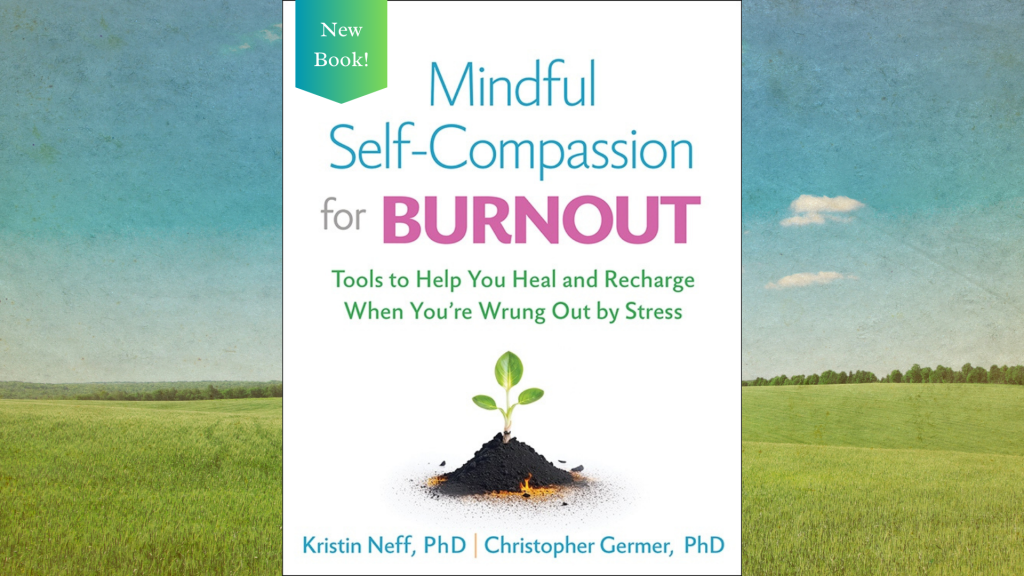Common humanity, suffering, and belonging

The 2024 US election exposed a divided nation and alienation on each side. The common humanity of suffering helps us recognize that we all belong.
Staying grounded in anxious times

To meditate or not to meditate, that is the question. The empirical answer may surprise some of you: It’s not necessary to meditate to learn self-compassion.
Meditation and self-compassion

To meditate or not to meditate, that is the question. The empirical answer may surprise some of you: It’s not necessary to meditate to learn self-compassion.
Take a self-compassion break

Self-compassion can help you both prevent and recover from burnout. For this reason I recently teamed up with my dear colleague Chris Germer to write a book about it and the book launches September 9th!
Self-compassion and burnout

Self-compassion can help you both prevent and recover from burnout. For this reason I recently teamed up with my dear colleague Chris Germer to write a book about it and the book launches September 9th!



